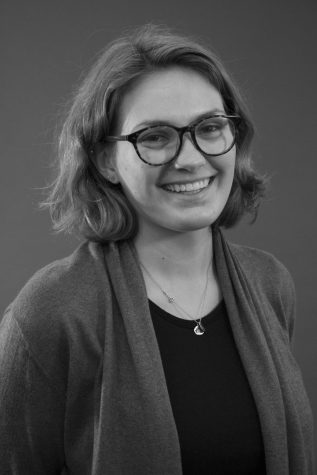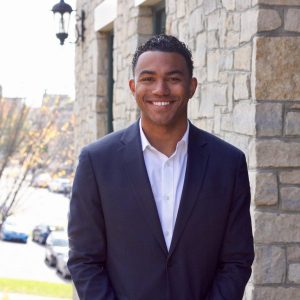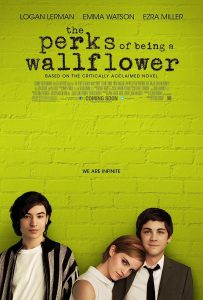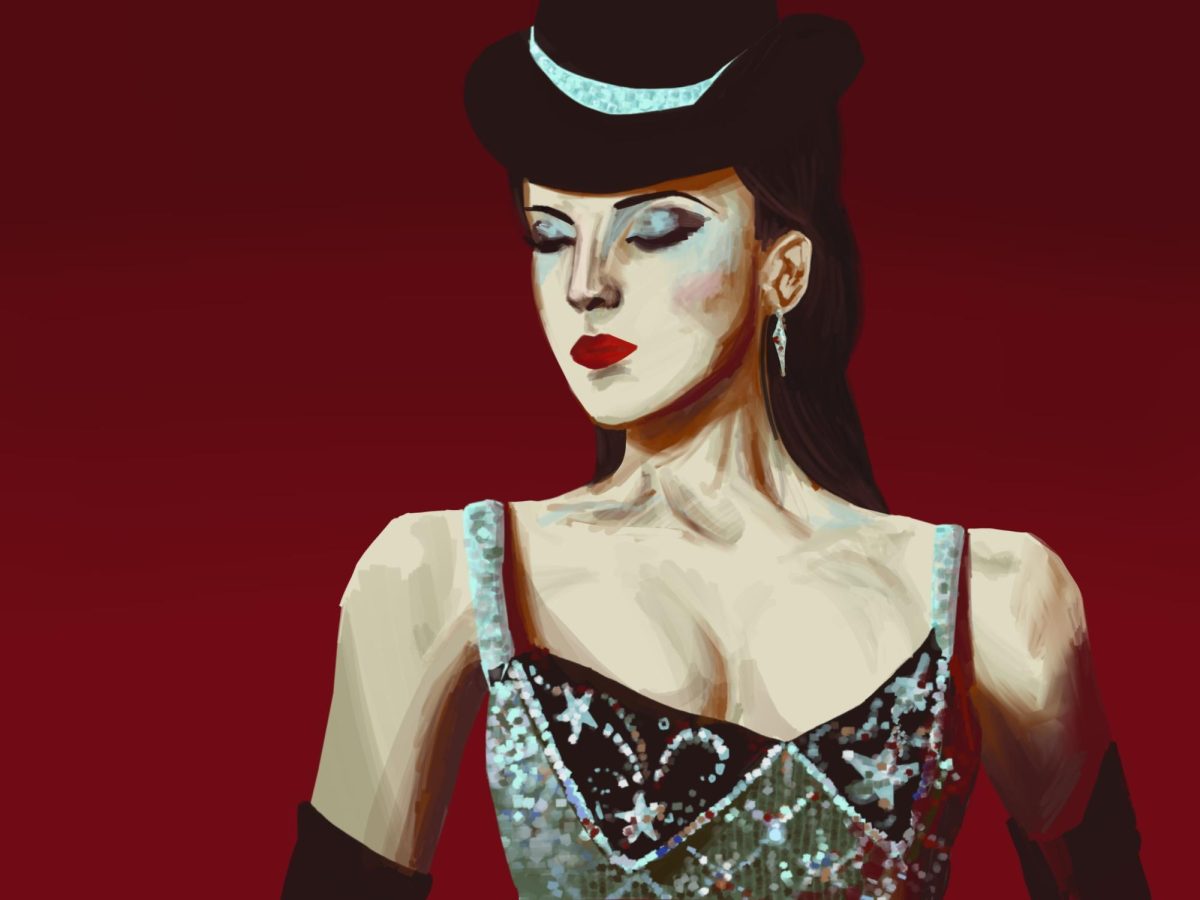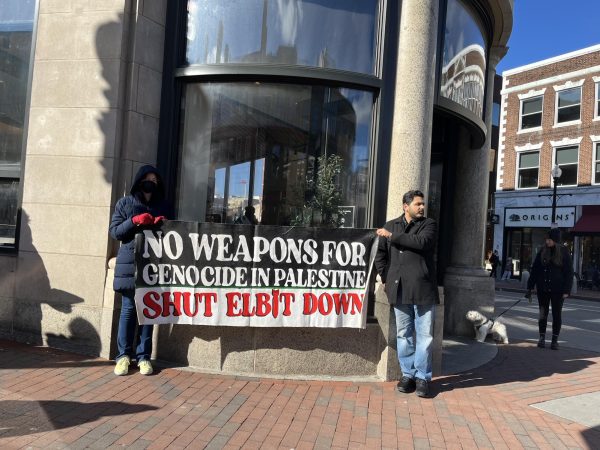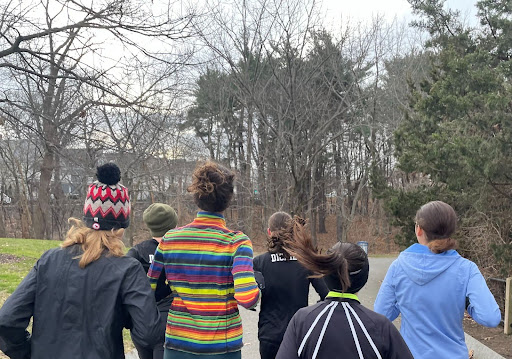An Interview with RSTA Director Dr. Ananis
On the History and Goals of the Rindge School of Technical Arts at CRLS
October 30, 2017
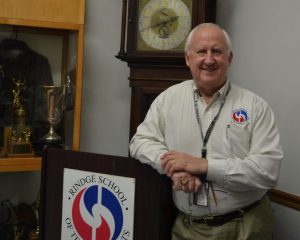
Dr. Ananis grew up in Cambridge and started working at CRLS in 2004.
The Register Forum sat down with RSTA Executive Director Dr. Michael Ananis this month to discuss the history of the RSTA program and its goals for the future. This interview has been edited for clarity and concision.
Register Forum: How would you describe the RSTA program to somebody new to CRLS?
Michael Ananis: RSTA is the career and technical education department of CRLS. We’re not a separate school and there’s no admission criteria, although there is a system for selecting students whenever we are oversubscribed to a particular class.
RSTA provides opportunities for CRLS students to explore potential careers that they may be interested in or just want to know more about, and we do that through exploratory courses and career counseling. With regards to career counseling, by the way, we are trying to infuse more and more activities throughout CRLS for all students, not just those who are enrolled in RSTA.
The second, probably most important part of RSTA is that we offer twelve different career pathways for students in a sequenced series of courses—we call them “Level 1,” “Level 2,” “Level 3”—in each of these twelve areas. Typically, students enroll in one of these as a sophomore and continue with them for three years. The curriculum is based upon frameworks that are established by the [Massachusetts] Department of Elementary and Secondary Education and is also supported by program advisory committees in each of the twelve areas.
Teachers in these areas ask real practitioners in the fields or related fields, “What will students need to know and be able to do in order to be successful in these fields?” Our curriculum is continually being modified to provide students with the most up-to-date and current practice and understanding of the various careers.
It all started in 1888 with Frederick Rindge.
— Dr. Ananis
RF: For those unfamiliar with the history of the Rindge Technical School, can you provide a little background?
MA: It all started in 1888 with Frederick Rindge, who inherited a significant sum of money and donated a large part of it to the city of Cambridge, including for the establishment of a school. The first name of the school was the Cambridge Manual Training School for Boys. … Men would usually go only through maybe the sixth grade, unless they were going to become a physician or a minister or a lawyer, and would typically leave school and practice skills in some kind of a trade.
Frederick Rindge thought that it was essential for a future workplace that we keep these young men in school and teach them skills like carpentry or forge—blacksmithing was very important at the time—firefighting skills, and others while in school, which also would give them the opportunity to remain in school and learn other academic skills. When he left Cambridge [due to poor health], he turned the school over to the city of Cambridge, which immediately called it the Rindge High School. …
[After renovations] it opened up as Rindge Technical High School in 1933. My dad graduated that year, and his yearbook contains pictures of the brand new Rindge School, which when I was growing up in Cambridge was one of two public high schools in Cambridge. …
And that’s the way it was until 1978, when Cambridge High and Latin was really falling apart and the city had to decide what to do. They noticed also that enrollments had been declining, so the City Council and the School Committee decided to merge the two [high schools] into one school in 1978, and that’s what we have now.
RF: The RSTA program seems to have deep ties to the community. What are some ways that the program collaborates with the broader Cambridge community?
MA: We understand that careers and jobs are evolving—we recognize the influence of technology in that work—so we’re continually attempting to infuse our curricula with technology and the practical changes and evolving aspects of work out there. In order to do that, we rely on these program advisory committees.
At the first level of planning and designing what our programs are, we bring in advisory members from the community. These are managers, leaders, supervisors, HR [human resources] personnel, and presidents and vice-presidents of companies who are in the same fields [that RSTA students study].
Biotechnology is a good example because Cambridge is the center of the biotechnology universe. Our advisory committee in biotechnology includes probably three or four professors from MIT and Harvard who are teaching college and graduate-level kids things about this field. They share with us [RSTA] what they’re teaching.
Not only do we want kids to have the knowledge, but we want them to apply the skills that they have learned.
— Dr. Ananis
We also have, on the advisory committee, people at different levels of the administration and the workforce at Biogen Idec, Genzyme, and some of the smaller biotech companies to inform us about what they’re doing and what are the things that people need to know about this field. Our biotechnology faculty takes that information and translates it into instructional practice for our kids. That’s at one level, on the design level.
On the practice: This is really important for everything that we do in RSTA—not only do we want kids to have the knowledge, but we want them to apply the skills that they have learned. We rely on real-life work activities, and that falls generally into two categories. One is what we call Live Work. People from the community come and ask us, “Can you provide us with posters for this event or this activity?” So in the design shop and the print shop, we actually do things like that for clients outside. That’s just one example. We’re asked to cater meals for events outside, we’re asked to build sheds for other schools, the city…our carpentry shop gets busy in those regards. …
The other work experience that’s really important is in something we call Cooperative Education. It’s for seniors who are in their third year of a RSTA program. When they have achieved a level of proficiency in the field, whatever it is—whether it’s carpentry or computer science or design or culinary—if they’re interested, we will find a job for them during school time, and they get paid by our community partners. …
I have to mention, health assisting is one of our big ones. Virtually all of our Level 3 seniors in health assisting in their senior year go to either Mount Auburn Hospital or one of the Cambridge hospitals or Spaulding. They work [as Certified Nursing Assistants] typically starting at 7:30 in the morning until the end of block two, when they return to the school. … They’ll make $15 an hour, work maybe ten to fifteen hours a week for their senior year. Those kids typically go on to nursing schools or other professional schools having had real work experience.
Beyond that, every one of our programs also solicits support from the community in a number of other ways [via] guest speakers, mock interviews, and field trips to various workplaces to demonstrate the kind of work that people in the community are doing. We’re heavily steeped in the practical aspects of preparing our kids for fields that they’ve chosen and that they’re interested in.
RF: How many students are currently enrolled in the RSTA program? How many teachers are involved?
MA: We have about 825 students currently—there’s an official count that occurs on October 1st every year. The last number I saw from [the last week of September] was about 825. I think that represents somewhere around the 40% mark [of all CRLS students], which is about what we’ve been averaging for the past ten years or so. …
There’s 27 teachers, plus the career counselor, plus our Co-Op Ed coordinator. The class sizes in RSTA are governed by state regulations. We can’t have more than typically 15 students per teacher in some of our shops and labs, just so that we can maintain safety in those areas. In areas that are more classroom-oriented, for example our computer science or IT or design classes, we can have up to 20 kids per class. So, in some respects, we have a guaranteed relatively low student-teacher ratio that allows close supervision and a sort of individual coaching through the projects that we have.
RF: Compared to other programs at CRLS, what is distinctive about the experiences that students have through RSTA?
MA: The thing that I would point out is that, number one, the goal of our program is specifically the development of future-oriented skills. Secondly, I’d like to think that we’re very practical in the developing of those skills, giving our students lots of opportunities to apply what they know.
It’s really essential that we keep in mind not just the stuff that we are doing or have done, but on what our students need to know and be able to do when they leave here [CRLS].
— Dr. Ananis
It’s really essential that we keep in mind not just the stuff that we are doing or have done, but on what our students need to know and be able to do when they leave here [CRLS]. Most of them will enter the workforce in two to eight years after they leave high school, so it’s incumbent upon all of the RSTA staff to be constantly looking on the horizon for what’s trending. Among the things that we know is that there are jobs that many of our students will be employed in in their futures that haven’t been invented yet. So we try to instill in all of the kids in this department the need to understand that they have to continue to learn in order to be successful.
And here’s where the practical part of RSTA comes in—in order to be successful, you have to know how to collaborate well with others and work well with others, you have to know how to communicate, and you have to be prepared to learn new technologies and not just rely on what you learned here or in your college or in your graduate school. You have to really start practicing the habits of a life-long learner. I’m not suggesting that those things aren’t done anywhere else, but in our case, we always are able to present something that is going to have a direct connection with a student’s future. That’s really what RSTA is designed to do. We could call ourselves the “Rindge School of the Future,” but I think that might be a little pretentious…
In many ways, RSTA is like VPA [visual and performing arts]. You can [focus on] something like drama or piano, you can [focus on] something like health assisting or design or carpentry or culinary, and still engage in all of the other academic and co-curricular activities that this high school has to offer, which is why I believe that the way this high school is structured provides the students of Cambridge with the best opportunities.
There are regional vocational schools that don’t have the breadth and the depth of learning opportunities outside the vocational areas that many of their kids may want to participate in. Those kids don’t get a chance to do that. Here, our kids historically have taken AP and art courses and all kinds of other classes, and they still get to graduate, still end up in the National Honors Society, and still do fabulous things.
I’m proud of the success our students have learned and what our teachers have done to try to dispel the notion that the RSTA courses are for the non-academically oriented. Every student has an opportunity to learn and benefit from what is offered here.
RF: What are some of the RSTA program’s biggest goals for the 2017-2018 school year?
MA: We have two major initiatives that we’re in the process of developing. One of them is in biotechnology and the other is in engineering. Teachers in both of these subjects noticed that students who chose them were many times gifted academically and felt that they were beginning to focus their teaching to a very narrow band of students.
So in both engineering and biotech, there’s been a move to try to make [the fields] available to students who are not necessarily the highest academic achievers in the school but who can still acquire the knowledge and skills in these fields. There’s been a move to help launch them into successful and lucrative careers [in these fields].
For example, biomanufacturing—we are creating a biomanufacturing lab adjacent to the biotech lab that will be up and running for second semester. In a similar move, in engineering, we are completing the construction of a $500,000 [lab], what’s called an “advanced manufacturing” lab, in the engineering room that is designed to attract students who may not be interested in taking a four-year [path] in engineering, but who can learn how to operate this advanced manufacturing equipment for which there is a huge need in Massachusetts. These are jobs that are going to pay up to $100,000 a year and do not require a bachelor’s degree. So our belief is that, by offering these kinds of opportunities to kids in this high school, we’ll begin to create a stream of employees for future Massachusetts employers to select from.
RF: What is your favorite part about directing the RSTA program?
MA: I spent about 35 years in the academic educational field. Coming back to my hometown in 2004 gave me an opportunity to work with an extraordinary group of individuals who had already mastered their fields. None of the 28 [people] that I’ve hired began their adult careers as teachers. They all began as carpenters or chefs or nurses or engineers, but they chose to share their knowledge of these fields with high school students. The most enjoyable part for me has been helping them become effective teachers. We’ve had extraordinary people as teachers here in RSTA, and I really enjoy watching them become great teachers, master a second profession, and inspire so many of our kids to future success. That’s probably the best part for me.
RF: Is there anything else that you want people to know?
MA: We’re kind of busting at the seams in some of our programs. Our computer science and IT program has over 100 kids enrolled in it, and there’s such a high demand for that. We have such extraordinarily good teachers, and that’s been great. Healthcare in this commonwealth employs more people than any other field, [so] health assisting is a direct path into employment and future careers. Not everyone becomes a nurse—we have kids leaving those programs who become pharmacologists, who become physicians, who go into other areas of healthcare. It’s extraordinary. Our engineering program, with our robotics components and now the advanced manufacturing components, are still highly coveted areas.
I hope that more and more students will appreciate the practical nature of what happens in RSTA courses, not view them as an alternative to an academic career. We take really seriously the opportunities for kids to develop not only the knowledge and skills related to a particular field, but also the work-ethic and employability skills which we probably alone in this high school conscientiously teach: How to collaborate, how to cooperate, how to communicate, how to solve problems you’ve never seen before. Those are the skills that our kids leave here with, and those things will serve them whether or not they continue in their field. They’re still going to be well served by the lessons they learned here.
The first half of this interview also appears in our October print edition. The second half will appear in our November print edition.

